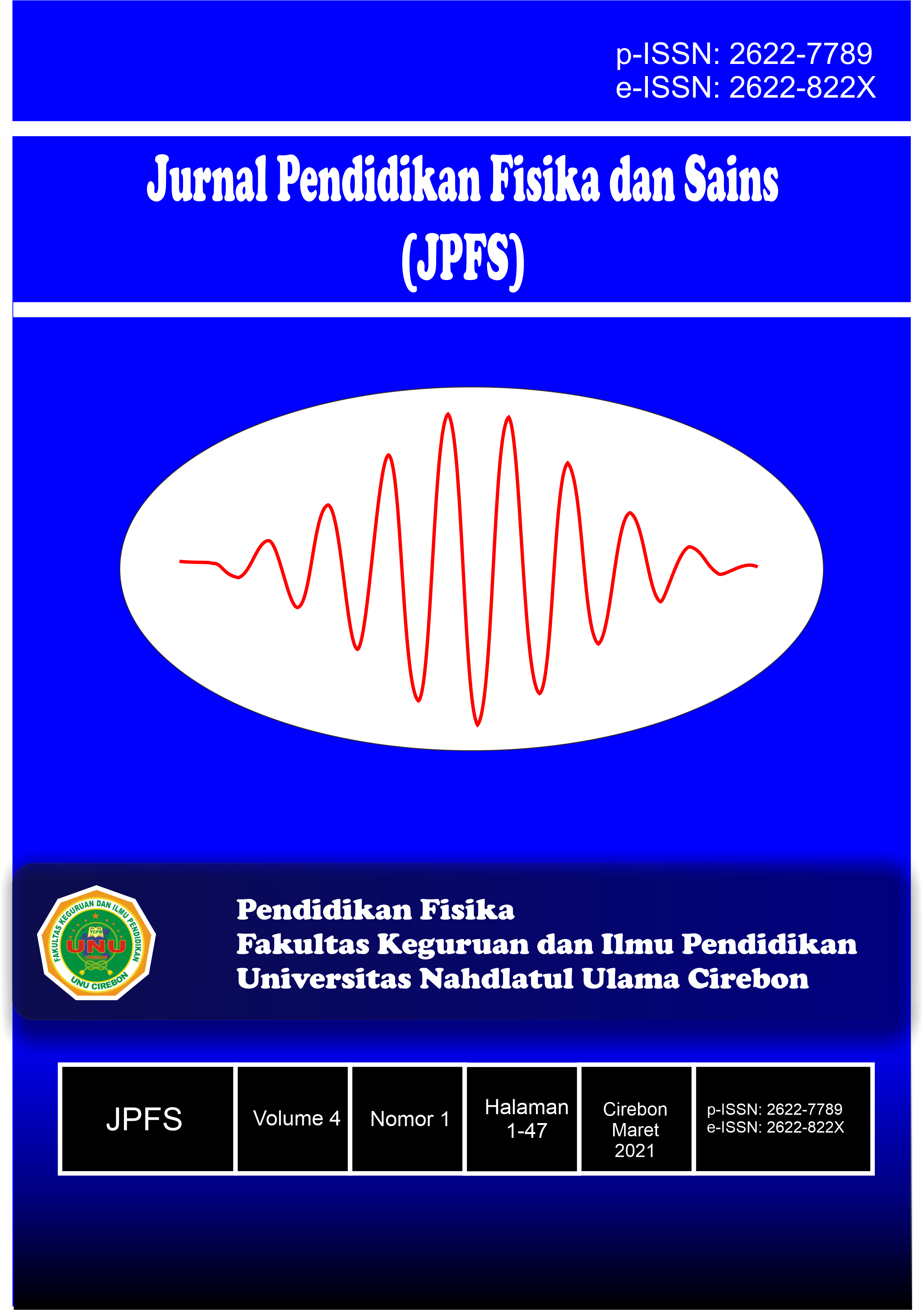Pemberian Pakan Alami Berbeda Terhadap Pertumbuhan dan Kecerahan Warna Ikan Zebra (Branchyndanio rerio)
DOI:
https://doi.org/10.52188/jpfs.v4i1.143Kata Kunci:
Growth, survival rate, brightness, zebra fishAbstrak
This research aims to determine the best types of natural food for growth performance, survival rate and color brightness of zebrafish (Branchyndanio rerio). The research method of this research was using the experimental method with Completely Randomized Design (RAL) by using one factor of 4 treatment levels and 4 replications. The tratments were using pellet (control), Moina sp., Tubifex sp., and Chironomous sp. The fry size was around 1,6±1,03 cm and weight was 0,06±0,04 gr then reared in the aquarium by 15 liter of water and 15 fishes of stocking density each aquarium. The fish were reared for 60 days and feed was given as much as 10% of biomass weight, e times a day of feeding frequency. The results showed that the best treatment was Tubifex sp by giving absolute longevity for 0.58 cm, absolute weight growth for 0.14 gr, specific growth rate for 2.99% and fish survival for 98%, while the best color brightness by giving a Chironomous sp. with value 7,14±1,73. The conclusion is different types of natural diets significantly affects the growth performance, survival rate and color brightness of zebrafish (Branchyndanio rerio).
Referensi
Ako, H.; Asano, L. & Brittain, K. (1999). Enhancingcolor in ornamental fishes.(http://www.soest.hawaii.edu/SEAGRANT/Makai.html), akses 20 Desember 2020.
APHA (American Public Health Association). (2012). Standart Method for the Examinition of Water and Wastewater. APHA, AWWA ad WPCP. 20th en. Washington D.C. 1527p.
Alderton D. (2005). Encyclopedia of Aquarium and Pond Fish. New York, USA: DK Publication Inc.
Arisman. (2004). Gizi Dalam Dasar Kehidupan. EGC: Jakarta.
Chittapun, S., Darawan, R., & Mariena, K. (2013). Identification and nutritional value of live feeds for ornamental fish from Bangkok metropolitan market in Thailand. Chiang Mai J. Sci, 40 (3): 364-375.
Harpaz, S., & D. Padowicz (2007). Color Enhancement in the Ornamental Dwarf Cichlid Microgeophagus ramirezi by Addition of Plant Carotenoids to the Fish Diet. The Israeli Journal of Aquaculture – Bamidgeh, 59(4); 195-200.
KKP (Kementerian Kelautan & Perikanan). (2020) Budidaya Ikan Hias Tingkatkan Masyarakat Di Tengah Pandemi. https://kkp.go.id/djpb/artikel/26251-kkp-budidaya-ikan-hias-tingkatkan-pendapatan-masyarakat-di-tengah-pandemi. akses 27 Maret 2021.
Nuswantoro, S., & S.S.P. Rahardjo. (2018). “Effect of Using Silkworm (Tubifex sp.) Living on The Survival Rate And Growth of The Catfish Larvae (Clarias sp.)”. IOSR Journal of Agriculture and Veterinary Science (IOSR-JAVS), 1(2); 42-46.
Mayasari, N & Said, D.S. (2008). Penampilan Ikan Panchax Kuning (Aplocheilus lineatus) pada Pemberian Pakan yang Berbeda. Jurnal Iktiologi Indonesia, 8(2): 79-84.
Mokoginta, I., D, Jusadi., M. Setiawan, & M. A., Suprayadi. (2000). Kelebihan Asam Lemak Esensial, Vitamin dan Mineral dalam Pakan Induk Ikan Pangasius Suchi untuk Reproduksi. Institut Pertanian Bogor : Fakultas Perikanan dan Kelautan.
Parichy DM, Elizondo MR, Mills MG, Gordon TN, & Engeszer RE. (2009). Normal table of post embryonic zebrafish development: staging by externally visible anatomy of living fish. Dev Dyn.238(12): 2975-3015.
Purwakusuma, W. (2008). Bloodworm (Cacing Darah) O-Fish Ornamental Fish Information Service Highlights. Media Informasi ikan hias dan tanaman air. Chironomous sp./ bloodworm.php.html. 15 November 2020.
Satyani, D. & Sugito, S. (1997). Astaxanthin sebagai suplemen pakan untuk peningkatan warna ikan hias. Warta Penelitian Perikanan Indonesia, 3 (1): 6-8.
Saxby, A., Adams, L., Snellgrove, D., Wilson, R.W., & Sloman, K.A. (2010). The effect of group size on the behaviour and welfare of four fish species commonly kept in home aquaria. Applied Animal Behaviour Science 5(125): 195–205.
Sayuti, (2003). Kandungan jenis pakan alami. Penebar Swadaya. Jakarta. hlm 129
Sudjana. (1991). Desain dan Analisis Eksperimen. Edisi III. Tarsito. Bandung.
Subandiyah, S., Satyani, D., & Aliyah. (2003)“Pengaruh substitusi pakan alami (Tubifex sp.) dan buatan Terhadap pertumbuhan Ikan Tilan Lurik Merah (Mastacembelus erythrotaenia Bleeker, 1850)”. Jurnal Iktiologi Indonesia, 3(2): 67-72.
Suryati, E. (2005). Pemberian Pakan Alami yang Berbeda Terhadap Laju Sintasan dan Pertumbuhan Larva Hasil Hibrilisasi Ikan Koi Betina (Cyprinus carpio L). (Skipsi, Fakultas Perikanan dan Ilmu Kelautan Universitas Bung Hatta. Padang.
Rosyadi, & Agusnimar. (2016). Pemberian Jenis Pakan Berbeda terhadap Pertumbuhan Ikan Selais (Kryptopterus Lais) di Perairan Tasik Betung Sungai Mandau. Jurnal Dinamika Pertanian 32 (2),117-126.
Tampubolon, E. H., Nuraini, & Sukendi. (2015). Pengaruh Pemberian Pakan Alami Berbeda Terhadap Pertumbuhan dan Kelulushidupan Ikan Betok (Anabas testudineus). (Skripsi, Fakultas Perikanan dan Ilmu Kelautan Universitas Riau).
Tang, U. M. (2005). Pengetahuan Bahan dan Gizi Pakan. UNRI Press. Pekanbaru. 140 hlm.
Tiana, H.A. (2010). Memilih dan Membuat Pakan Tepat Untuk Ikan Koi. Jakarta. Agromedia.
Vevers, G. (1982). The colours of animals. Edward Arnold (publisher), London.
Diterbitkan
Versi
- 2021-06-07 (2)
- 2021-05-19 (1)
Cara Mengutip
Terbitan
Bagian
Copyright Transfer Agreement
The Authors submitting a manuscript do so on the understanding that if accepted for publication, copyright of the article shall be assigned to Jurnal Pendidikan Fisika dan Sains (JPFS) and Physics Education Programs of UNU Cirebon as publisher of the journal.
Copyright encompasses exclusive rights to reproduce and deliver the article in all form and media, including reprints, photographs, microfilms and any other similar reproductions, as well as translations. The reproduction of any part of this journal, its storage in databases and its transmission by any form or media, such as electronic, electrostatic and mechanical copies, photocopies, recordings, magnetic media, etc. , will be allowed only with a written permission from Jurnal Pendidikan Fisika dan Sains (JPFS) and UNU Cirebon.
Authors are permitted to disseminate published articles by sharing the link/DOI of the article at the journal. Authors are allowed to use their articles for any legal purposes deemed necessary without written permission from the journal with an acknowledgment of initial publication to this journal.
Jurnal Pendidikan Fisika dan Sains (JPFS) and UNU Cirebon and the Editorial Board make every effort to ensure that no wrong or misleading data, opinions or statements be published in the journal. In any way, the contents of the articles and advertisements published in the Jurnal Pendidikan Fisika dan Sains (JPFS) are sole and exclusive responsibility of their respective authors and advertisers.




















